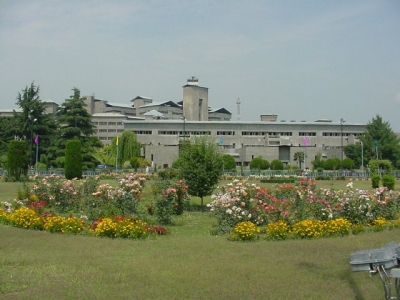Umair Haqani
The chief minister Omar Abdullah did an appreciable job by promptly visiting the Magray family, whose 21-year-old son Manzoor Ahmed was killed by the army, who had laid an overnight ambush near their village in Chowgul, Handwara in north Kashmir. Omar, besides condoling the family made all the right noises about getting the matter investigated.
The police, reluctantly, registered an FIR after huge public demonstrations against the army. The family’s claim that the slain youth’s jeans and Pheran were in his room and he was most probably, called out from his room and killed were lost in the din as the news was dominated by chief minister’s visit and him almost indicting the army. Newspapers quoted him as saying that the incident would not have taken place if his suggestions had been accepted by the security forces and the army.
The newly appointed General Officer in Command of Srinagar based 15 Corps Lieutenant General Atta Hasnanin also termed the killing as “regrettable’, though he defended his troops.
Calling a spade a spade is a good thing and when the state’s chief minister talks and tweets and answers queries on tweets, it apparently shows that he wants to be a responsive head of the state. Kashmir badly needs a leadership which is responsive, has a mind of its own and speaks out.
A leader’s role is to lead but a leader who is disconnected from the people and who airs views that many of his people feel are alien to them cannot survive for long, even if he claims to be in chair for solving day to day problems of people and development of the state. A leader’s feelings have to remain in sync with that of his people he or she claims to represent. Omar Abdullah genuinely feared that Manzoor’s killing by the army could have been enough a provocation for kicking up a storm in the valley that has barely resumed to some semblance of calm.
During the summer unrest of 2008 when Amarnath shrine land row lead the valley into many months of popular unrest, Omar, then out of power, had criticised the police for firing the protestors above waist and in vital parts leading to many casualties. But during 2010, he made no such comments, when almost the same type of unrest police action claimed more than 115 lives. Anyway that is not the point what is, is that the chief minister almost always blamed the protestors or the slain for getting themselves into situations where they got killed.
Many common people would then wonder, why was the chief minister only saw one side of the story? Why could he not see the obvious provocation, which brought people on to the streets. Selective condemnation and selective amnesia is highly injurious for a leader. The Machil encounter, in which army killed three young men for rewards and promotion, like Tufail Mattoo’s killing was a provocation.
However, the bigger provocation was police’s refusal to lodge an FIR and naming those who had removed Tufail to hospital as suspects was a bigger provocation. If the chief minister, as in the Chowgul Killing case, had acted as a people’s representative, Kashmir might not have burned that much. Avoid provocation to avoid unrest and being on the people’s side help in smooth governance.















